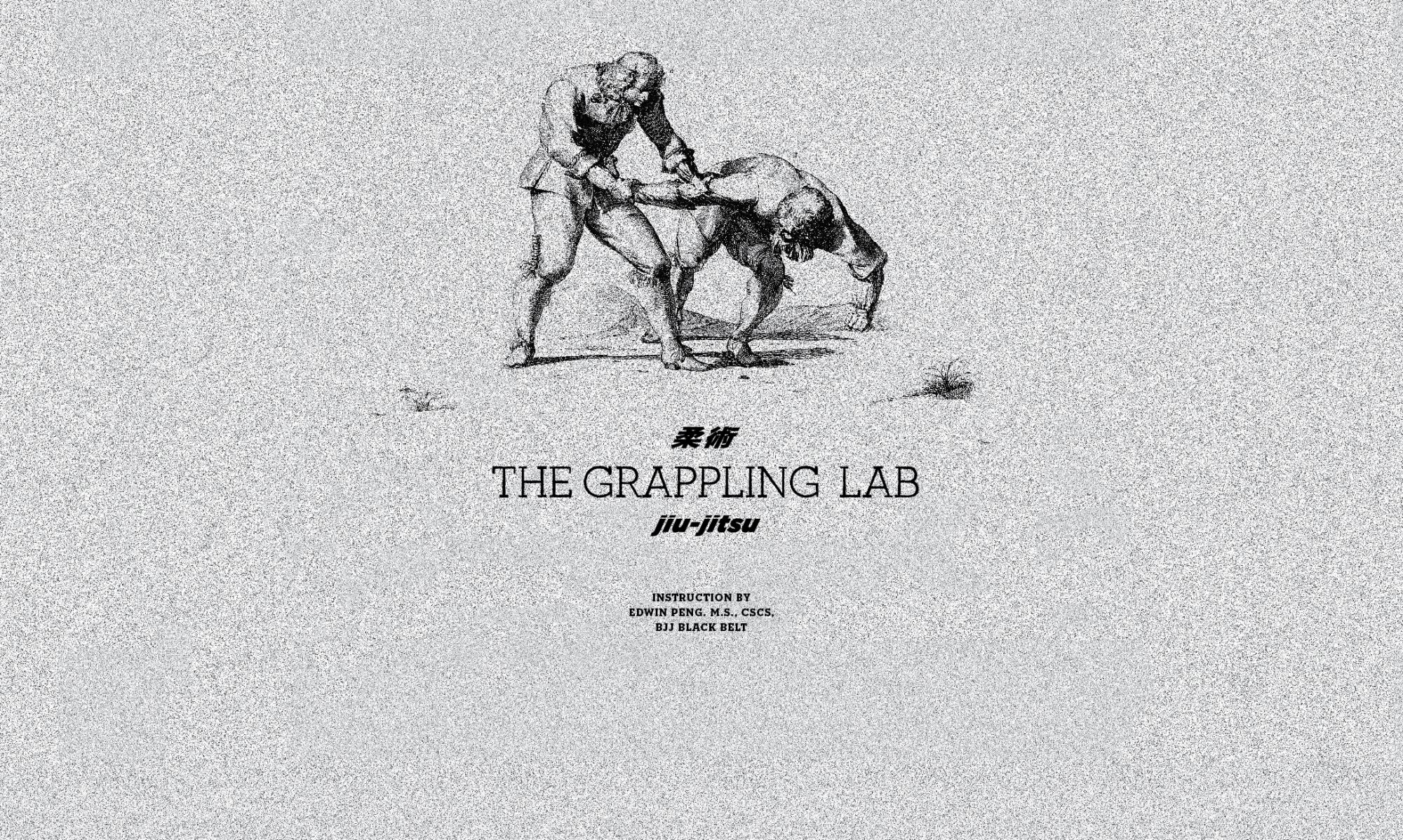Practice will refer to the physical practice a student will engage in during class. This includes practicing during instruction, drilling, or live rolling. No matter what kind of practice, the goal is to have a student be able to perform better in the future. As the instructor, your most powerful tool to improving your students’ performance in the future is through the design and implementation of physical practice. It should be noted that no matter how you structure your students’ practice, the most important aspect for their learning is their own volition and desire to learn. Many students approach training as a workout, however it should be instilled in them that training is a practice. They should be instructed to treat practice with the intent, purpose, and focus of improving their skills and to understand that a harder workout will not necessarily improve their BJJ.
Physical practice during instruction: When practicing a new technique, it is best to implement a part-practice method due to the complexity of skills and the variability of a moving opponent. When showcasing a technique, you should demonstrate the technique as a whole several times, and then break the technique down into several component parts. The student will then engage in physical practice by practicing the component parts until the parts have been sufficiently learned. This process would involve the students executing the first part of the move, followed by the second part of the move, and so on until the entire move is completed. This also allows for the coach to check on each member of the class during all phases of a technique. Many BJJ maneuvers can be executed in different ways, however every maneuver possesses certain basic principles that need to be met. By practicing moves in this way, a student will be able to learn the proper execution of basic principles and improve the chance for success in live situations.

